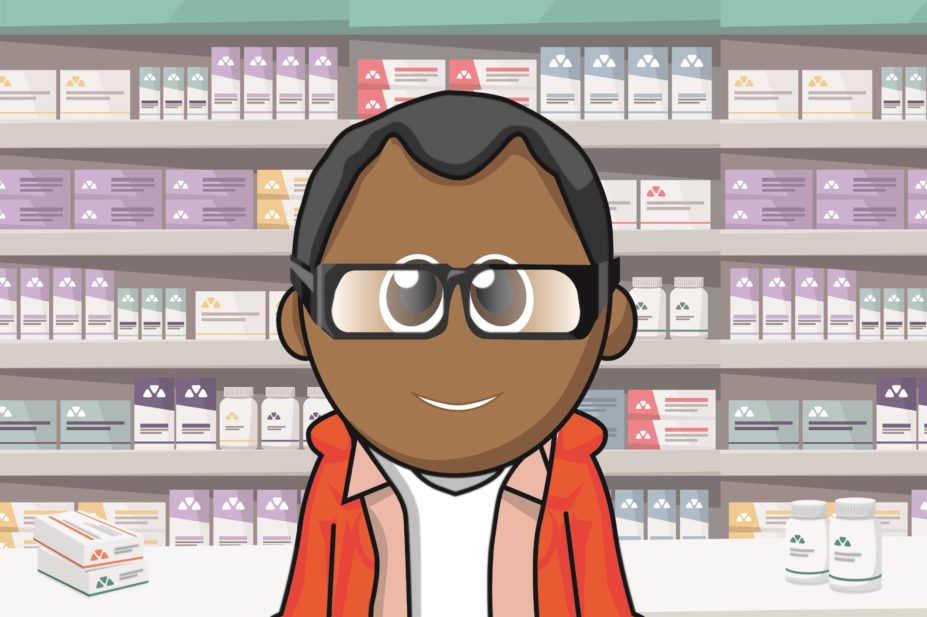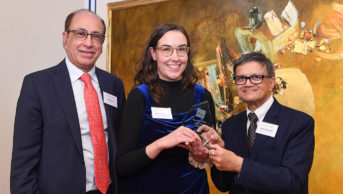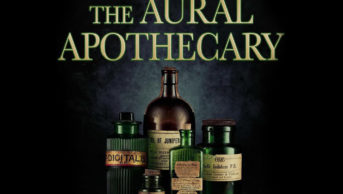
Community pharmacist Mr Dispenser has written two books of collections of anecdotes about pharmacy, including ‘Pills, thrills and methadone spills’.
How did ‘Mr Dispenser’ come about?
I joined Twitter in 2009 but did not understand it. But I tried again in March 2011 and began to make good use of it, and I was hooked. Twitter allowed me to network with other pharmacists across the UK.
Over time, my pharmacist contacts on Twitter grew. Importantly, I found that most had a sense of humour.
The @MrDispenser Twitter account first appeared in August 2011. I was encouraged to blog by another Twitter pharmacist @DrugMagister. I knew that I wanted to blog anonymously because my employers would not be impressed with anything I wrote if it turned out to be controversial and reflected badly on them. But my identity is the worst kept secret in pharmacy.
Why did you decide to write ‘Pills, thrills and methadone spills’?
I started by writing my blog. Firstly, it was about serious issues in pharmacy. Then it became less serious and I found that people responded better to these posts. I read someone else’s blog post about collating their entries into a book and thought about doing that one day, too.
In 2008, I remember reading an advertisement in The Pharmaceutical Journal from a pharmacist who wanted people to send him funny stories about pharmacy. Four years later, his book was released. I read it and thought that I could do something similar using social media.
What challenges did you face when writing the books?
The main challenge was editing. Editing takes a large amount of time — even after the rigorous checking there were still a couple of typos. Because I was using/stealing/plagiarising other people’s tweets and Facebook posts, I had to correct their spelling and grammar.
I also had to choose a catchy name. I asked Twitter for help with this. Pharmacist Helen Root suggested ‘Pills, thrills and spills’ and I added in the ‘methadone’.
The front cover was designed by Laura Martins, who was another “tweep” (Twitter contact). Lucy Pitt and the Pharmacy Show team used that design to produce the final version. I failed to attract any publishers so ended up self-publishing via Amazon on Kindle. It is also available in paperback and 5% of all sales from the books go to the charity Pharmacist Support.
How do you decide what experiences to include in your books?
I decided to include whatever made me laugh. Because the books are a collation of my blogs, other people’s blogs and social media posts, I was able to see what had already resonated with the pharmacy community.
I used a variety of different people’s blog posts, including an American pharmacist and an English patient, and there is also an American and Canadian chapter of pharmacy anecdotes. I also tried to show how many things relate to pharmacy in popular music, television and movies. I like to ‘pharmacify’ things. Yes, I did make that word up.
The books reflect a lot of experiences that we encounter every day. I have two chapters based on GP receptionists because we have all had “interesting” experiences with them. I was initially worried when I found out that a couple of receptionists had read my first book but, thankfully, they had a sense of humour.
Apart from writing books, what else do you do?
I am still a full-time practising community pharmacist. Outside work, I am a Dementia Friends champion, meaning that I help to increase people’s awareness and understanding of dementia, and have run several sessions mainly aimed at the pharmacy profession.
I have stepped away from writing books and have moved on to delivering allegedly humorous presentations about pharmacy, which I have so far given at 17 schools of pharmacy and various conferences across England, Scotland, Ireland and France.
I also have delivered an annual careers talk about pharmacy to A-level students for the past six years. I hold my hands up and accept total responsibility for the large number of pharmacy students.
What is the most difficult thing about being a community pharmacist?
One challenge is the amount of paperwork —a lot of it is necessary but it is ridiculous when you have to fill out a form just to be able to receive other forms.
Also, many community pharmacists bemoan the lack of suitably qualified staff. Then you have to manage the staff you do have, which can be frustrating and challenging at times.
I would like to see some national guidance regarding tea money and hot drinks — this service is patchy and locums are subject to a postcode lottery. However, undoubtedly, the most difficult thing is the dearth of pens from pharmaceutical representatives. This is most upsetting. I like pens.
What’s next for Mr Dispenser?
Someone complained about me to the General Pharmaceutical Council (GPhC) about anonymous prescriptions on social media so I decided to stop being Mr Dispenser on Facebook and Twitter. The concern against me was dropped by the GPhC but I did not want to carry on.
The current @MrDispenser Twitter account is not me. Someone else has started the account again on Twitter. I am still on LinkedIn and Snapchat and continue to enjoy speaking at universities, schools and conferences.


